Close your eyes and think of someone rich and successful. Imagine how they look on the red carpet or being interviewed on TV. They’re attractive, confident, dazzling - everything that you’d like to be.
Chances are, one of the first things you imagined about this person was a beautiful, shining smile. There’s a reason so many celebrities spend thousands of dollars to get their teeth fixed! A great smile projects confidence, health, and success, and it’s a unifying trait of the bold and the beautiful.
White teeth don’t just affect the way people see you, either. Having a dazzling smile can make you feel more confident and attractive, and feeling that way helps you to project those attributes into the world. It’s a great foundation for becoming the person you’ve always wanted to be and deserve to be!

Here are a few numbers that really drive home how important it is to keep your teeth shiny and bright. A full 61% of people who whitened their teeth said it made them feel more confident in their lives, and 58% said they were seen as more outgoing after having their teeth whitened.
Being confident and charismatic goes a long way in this world, especially when it comes to your professional life. Making an impression is everything, so if you can leave people thinking about how self-assured and likable you are, that’s a huge leg-up.
65% of people who had their teeth whitened said it made them come off as more professional, and 58% reported they were more likely to get a job that they applied for. That’s more than just positive feelings; that’s real, tangible results.
It’s not just your professional life that can be affected by your smile, either. Having bright white teeth can also give you the advantage you need in the dating game too.
According to a survey by People magazine, a nice smile is actually the number one most desired trait in a potential romantic partner. A smile is one of the first things that someone notices about you, so flash those pearly whites and impress the man or woman of your desire!
Plus, when you look good, you also feel good, and having that strong self-confidence is a huge plus when it comes to dating. After all, who isn’t attracted to a confident person? It all starts with a radiant, white smile.
So, now you’re probably wondering how it is that you can get a smile like that. Celebrities spend thousands on cosmetic dentistry, but there are actually plenty of ways that you can whiten your teeth without breaking the bank.
You can see your regular dentist for whitening, use whitening strips, try some natural remedies, or use more complete at-home whitening systems like Snow. Believe it or not, there are even some foods that can be used to clean the junk off your teeth and leave them bright and shiny.
Here’s a little info you might find helpful about what causes your teeth to turn yellow and foods that can help you make them nice and white again.
Teeth Whitening Through The Ages
Ever since people came together and started to form societies, we’ve been looking for the best ways to fight against stained and yellow teeth. White teeth have always been a sign of a healthy and successful person, even thousands of years ago. In ancient times, people used to chew on little sticks and twigs to rub the food particles off their teeth after eating.
It may not have been the most effective method in the world, but at least they were doing something! Later on, the ancient Egyptians invented the very first teeth whitening solution when they mixed pumice with a white vinegar solution to bleach their teeth.
Pumice is actually still used today as a teeth whitener, although there are some better options available out there. The Romans, meanwhile, preferred brushing their teeth with urine. The ammonia in the urine would actually help to bleach their teeth, although it probably came at the cost of some pretty awful breath.
Today, we have some better options. Even just brushing your teeth with modern toothbrushes and toothpaste is going to be a lot more effective than urine or chew sticks, so make sure that you’re doing that regularly! The American Dental Association recommends brushing your teeth twice a day, every day, as well as flossing once per day.
They also recommend visiting your dentist regularly, about once every six months or so. Some of the foods that we’ll talk about in a moment can be pretty useful for keeping your teeth clean, but that only works if you have a strong foundation of brushing and flossing to build on. Otherwise, your teeth are just going to keep getting worse, no matter what you do.

What Causes My Teeth To Become Stained?
There are a few different things that can cause your teeth to become yellow or stained. The most common reason for stained or discolored teeth is plaque. If you’ve ever been to the dentist before, you’ve probably heard a lecture on plaque before.
If you haven’t been to the dentist before, then stop reading and make an appointment right now! Plaque is essentially just a thin, sticky biofilm that gets left behind on your teeth after eating. It’s pretty easy to get rid of if you brush regularly, but anything that doesn’t get brushed away can actually bind to your teeth and make them look discolored.
When your teeth become covered in plaque, they’re also being covered in bacteria. This is a huge problem because bacteria eat away at the protective layer surrounding each tooth, called enamel.
Enamel is a thin layer that surrounds every single one of your teeth. It may be thin, but enamel is very, very strong, and it protects your teeth from any damage. When enamel gets eaten away, like by bacteria in plaque, it reveals the softer layer underneath, called dentin.
In addition to other problems, this can cause your teeth to look more stained since dentin is more yellow than enamel. As your enamel starts to get thinner, your teeth will look more and more yellow.
It’s not just bacteria that can cause damage to your enamel either - it happens naturally as you get older. A lifetime of eating, brushing, and grinding your teeth slowly rubs away at your enamel until you’re left with only a thin layer.
This is why your teeth seem to get more yellow as you age, even if you do a good job of brushing. If you’re a little older and you notice your teeth getting yellower, you may want to consider trying our teeth whitening kit.
Leaving plaque in your mouth causes more problems than just bacteria and can lead to an even more stained looking appearance. If plaque is left alone for about a day or so, it can mix with minerals in your saliva and turn into tartar, which is a more serious problem.
Tartar appears as a yellow-brown deposit on your teeth and is more noticeably discolored than plaque alone. Both plaque and tartar attract more stains than just your enamel, so once you have tartar, it’s harder to keep your teeth white. Tartar is pretty much impossible to remove from brushing alone because it’s so firmly attached to your teeth.
The only way to get rid of tartar is to visit your dentist and get a professional cleaning, so that’s why it’s so important to keep up with your regular visits. Tartar is a pretty common condition, with almost 70% of all American adults having some amount of tartar in their mouths.
Still, it’s best to try and avoid getting it if you can, so try to brush and floss every single day! Even missing just a single day of brushing can cause tartar to build up on your teeth, so try to be vigilant.

Different Kinds Of Stains
Besides plaque and tartar, stains are some of the most common reasons for teeth that look discolored. Stains are typically caused by dark-colored food and drink, which leave behind residue on your teeth.
They can also be caused by smoking or chewing tobacco, so if you’re looking for a reason to quit, that might be a good one! Some stains can be easily brushed away, but others are much more difficult to remove and require a visit to the dentist to get rid of. There are two different categories of stains, extrinsic stains and intrinsic stains.
Extrinsic stains are the most common kinds of stains. They’re called “extrinsic” because they’re just on the outside of your tooth and can usually be brushed away pretty easily. They’re superficial and are usually caused by something you’ve eaten.
Extrinsic stains are generally yellow in color, although that can vary pretty wildly based on what’s actually leaving the staining. If you have plaque on your teeth, you’re much more likely to end up with both extrinsic and intrinsic stains. Enamel by itself is very smooth, and it’s difficult for stains to find purchase on the surface of your teeth.
Generally, they slip right off or are washed away by your saliva. Plaque and tartar, on the other hand, are much more porous. This means it’s easy for stains to find places to hold on to.
Often, the stain is actually attached to the plaque, and it slowly seeps onto your tooth from there. This is good news for you because it means that you can brush the stain away when you brush away the plaque. However, since it can’t be brushed away so easily, stains on tartar often linger and can even become intrinsic.
Intrinsic stains are a little trickier than extrinsic ones. Instead of just chilling on the surface of your tooth, intrinsic stains go deeper into the inner layers. This makes them a lot more difficult to remove. Intrinsic stains are usually caused when you have plaque or tartar on your teeth and fail to brush it off, allowing the stains to seep into the tooth.
They’re also often caused as side effects of some medication or by overexposure to fluoride. If your enamel has been worn all the way down, intrinsic stains can form directly on the dentin of your tooth. These stains often can’t be removed and have to be hidden by crowns or veneers.
This is why it’s so important to brush and floss every day! By preserving the enamel on your teeth, you can make sure that intrinsic stains don’t form.
Foods That Make Your Teeth More White
Okay, so here’s the thing: you can’t whiten your teeth just by eating certain foods. There’s really no magic bullet when it comes to tooth whitening, so it’s important to start with a good foundation of brushing and flossing. Remember, brush twice a day and floss once per day, or the plaque and tartar build-up will make stains inevitable.
However, there are plenty of things you can do to gradually make your smile brighter, including eating foods that whiten your teeth. This is especially helpful if you’re already good about brushing and flossing regularly and are looking to avoid any drastic options like chemically treating your teeth. Besides, who doesn’t like to eat? Here are a few examples of food that can make your teeth whiter.

You’ve probably heard the phrase “an apple a day keeps the doctor away” before, right? Well, as it turns out, it keeps dentists away too! Apples are a really terrific way to keep your teeth a little whiter every day. They’re a great source of malic acid, which is one of the ingredients in most toothpaste.
Malic acid encourages the production of more saliva, which helps to wash away any junk on your teeth. Saliva might be kind of gross, but it’s actually a pretty important part of how your mouth works. It helps to break down your food to make it easier to swallow while also contributing to how your mouth cleans itself.
Believe it or not, a moister mouth is a healthier one, so try an apple next time you’re looking for a healthy snack!
Pineapple is another great food that can keep your teeth nice and clean, and it tastes good too! Pineapples are the only food in the world that naturally contain bromelain, a chemical compound with cleaning and anti-inflammatory qualities.
Some studies show that bromelain cleans your teeth about as effectively as the peroxide in most teeth whitening systems and without the potential for damage to your enamel. As more studies are being done, it’s possible that we might start seeing more and more teeth whitening products made with bromelain instead of peroxide.
Since we’re talking about fruits that clean your teeth, we might as well add raisins to the list too. Chewing on raisins promotes saliva production, just like the malic acid in apples, so they’re a great choice for a healthy snack that cleans your teeth at the same time.
It’s not the tastiest thing on this list, but broccoli has been shown to be pretty effective when it comes to cleaning your teeth. Just like the chew sticks that our ancestors used all those years ago, crunching on broccoli can rub away some stains and food debris all by itself.
It’s also very high in both iron and fiber, which contribute significantly to the health of your teeth and gums. It might not be anyone’s favorite food, but broccoli is great for cleaning your teeth.

Another great snack that gets to work cleaning your teeth is cheese. Much like raisins, chewing on a piece of cheese will produce extra saliva, which is always a good thing. Cheese is also a really good source of minerals like phosphorus and calcium, which can help to strengthen your enamel.
The calcium in cheese and milk can make your teeth stronger the same way they improve the strength of your bones. Some studies also suggest the lactic acid in cheese works to fight tooth decay. Next time you’re looking for something to snack on, skip the candy and give cheese a try.
Foods That Make Your Teeth Less White
You’ve heard some foods that can clean your teeth, but what about the opposite? The majority of stains on your teeth come from what you eat, so avoiding heavy staining foods is a good way to keep those chompers nice and bright.
As a general rule, the darker the food or drink, the more it will stain. Red wine is a great example of something that can leave discoloration on your teeth, so try to avoid drinking it too often. That doesn’t mean you have to cut out this stuff altogether!
Just make sure you do a good job of brushing afterward, and avoid letting too much plaque and tartar build-up on your teeth. Here are a few more examples of food and drink that can stain your teeth.
This is kind of an obvious one, but you should try to avoid eating candy as much as possible if you want to protect your teeth. The acids and sugars in candy can do a real number on your enamel, more than almost any other food.
Sour candy is a particularly rough candy for your teeth since the sticky, chewy chunks get caught in your teeth, and the sour coating is full of harsh acids. Soda is also something that you should try to avoid for pretty much the same reason. It’s chock full of acid and sugar, plus dark-colored sodas can leave stains on your teeth. Many dentists say that cutting out soda is the single best thing you can do to keep your teeth safe and intact.
Some studies have suggested that drinking soda is as bad for your teeth as using methamphetamine or crack cocaine! If you really want to have a soda, use a straw, so the liquid doesn’t touch your teeth, and try to brush your teeth right afterward.

Caffeine addicts might not want to hear this one, but coffee is actually pretty harsh on your teeth too. It’s a dark liquid, so it leaves stains on your teeth pretty easily. You can see significant residue on your teeth after only one or two cups of coffee, so be sure to brush well after drinking it.
Most people drink coffee in the morning after they brush their teeth, so the residue just sits there in their mouth all day until they get home. Try brushing after you have your coffee instead. Also, since it might be too much to ask people to go a day without a cup of joe, mix in a little milk or cream to lighten up the liquid next time. Remember, the darker it is, the more it can stain your teeth.
This isn’t especially well-known by most people, but eating bread is actually not especially good for your teeth. When you chew on a slice of bread, the saliva in your mouth breaks the starches down into sugar, which causes damage to your enamel.
Bread is also pretty easy to get stuck between your teeth, which means it can spend a while just sitting there and wearing on your enamel. This goes for any starchy foods, including pasta and potatoes. You should also avoid overly processed bread like Wonderbread, which uses sugar to improve the taste. More sugar is never a good thing for your teeth, so stick to bread that’s more natural.
In addition to the foods found on this list, you can check online or in dental magazines for plenty more foods that are good or bad for your teeth. You might not see the same dramatic results that you would with peroxide-based whitening products, but these foods can really make a difference in the color of your teeth.
Make the kitchen the first step in your teeth whitening journey, and get started on protecting and cleaning your teeth today!

















































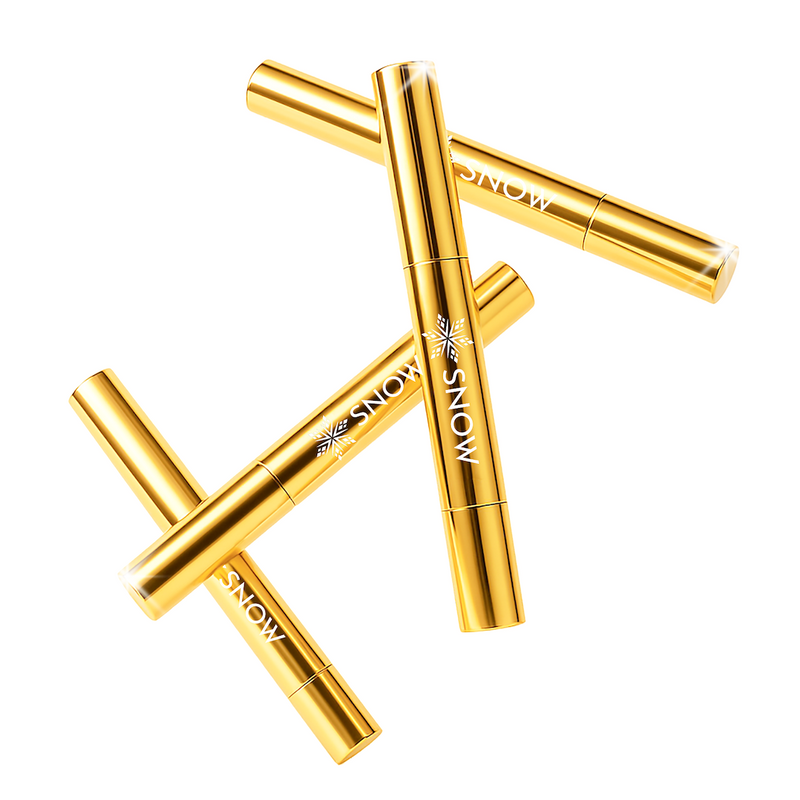

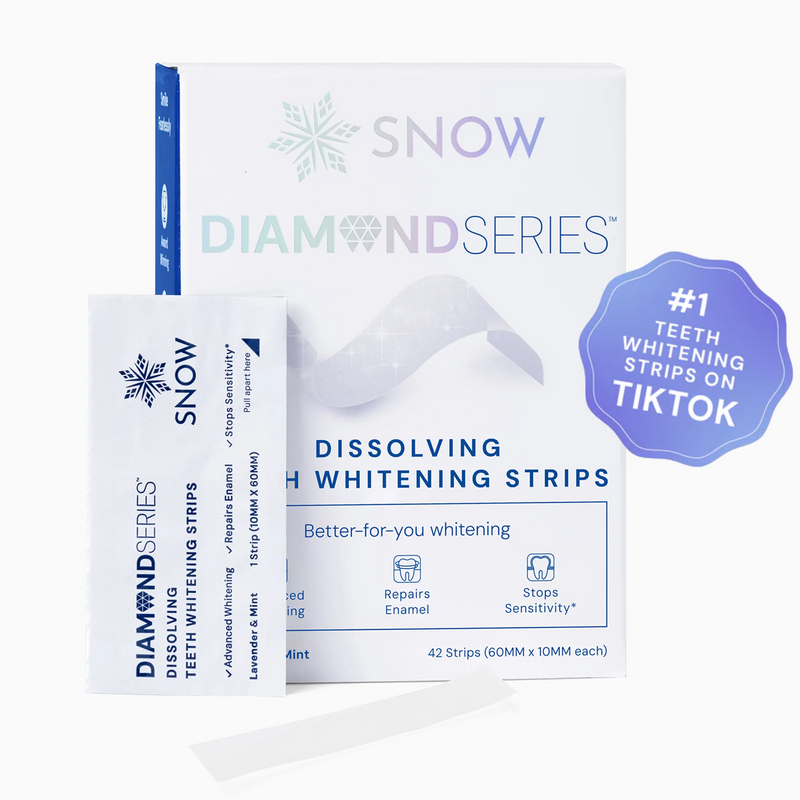
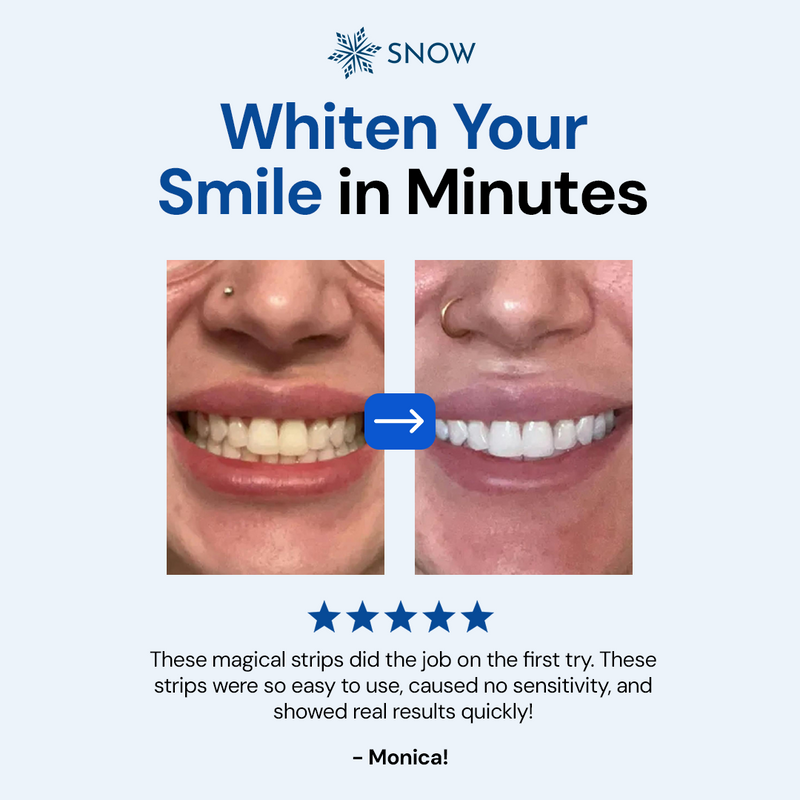
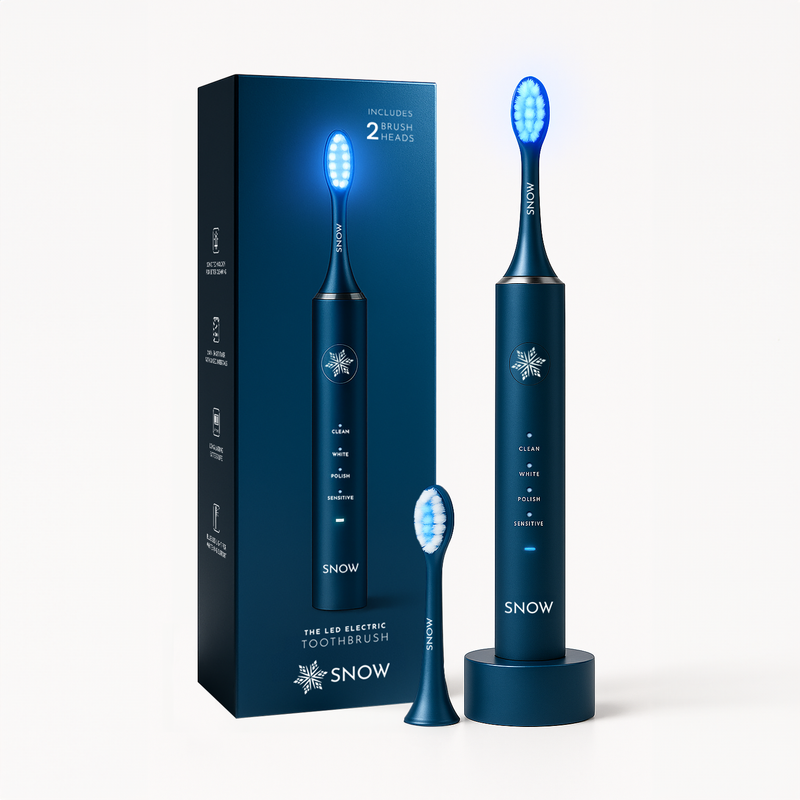

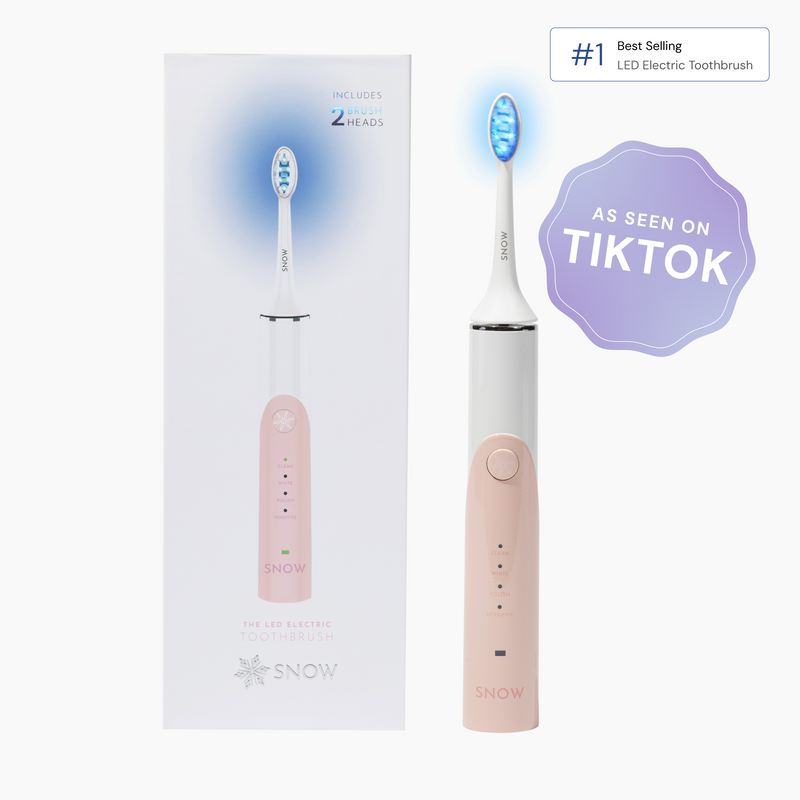




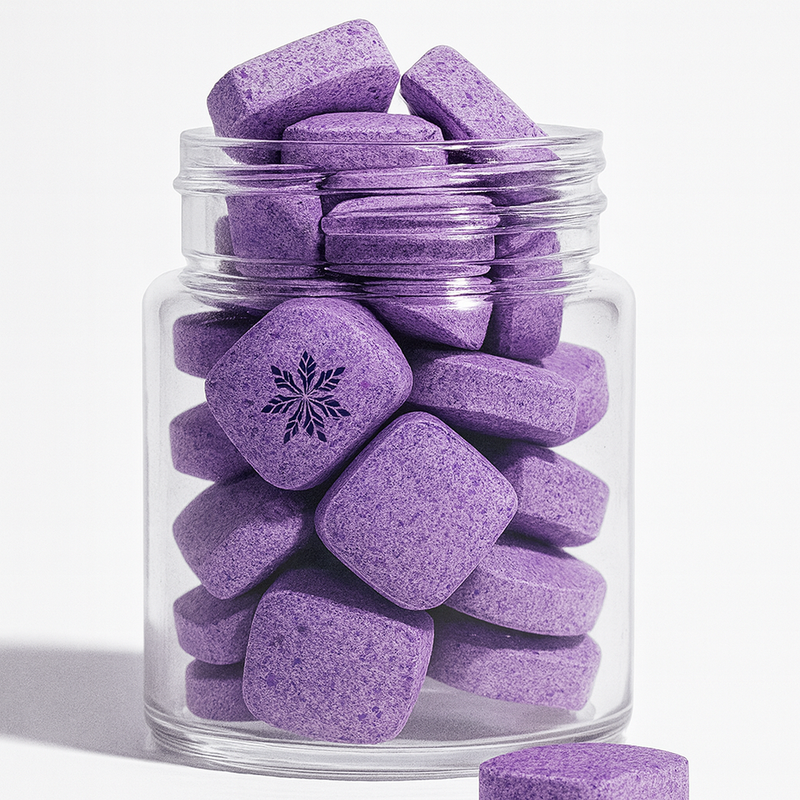
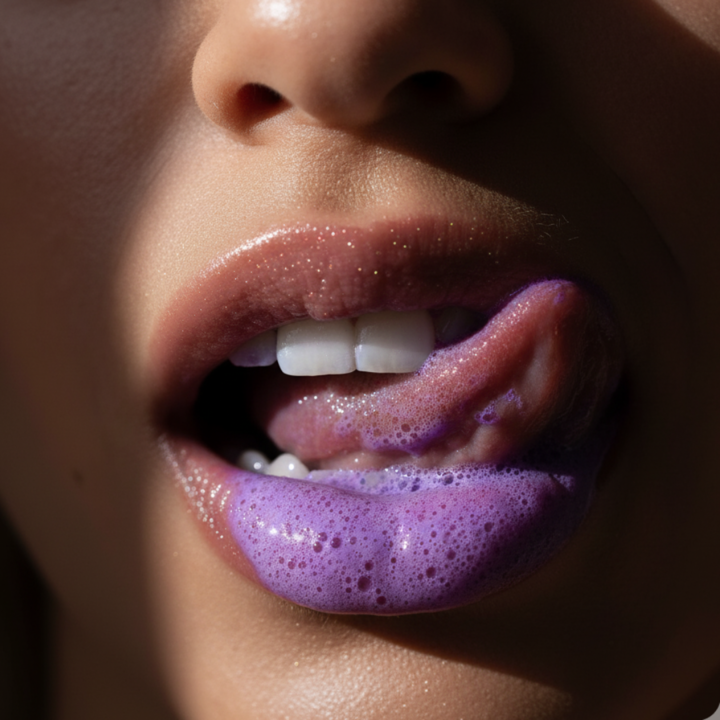






![Is It Safe to Use Whitening Toothpaste Everyday? [The Real Answer]](http://snow-teeth-whitening.myshopify.com/cdn/shop/articles/is_it_safe_to_use_whitening_toothpaste_everyday.png?v=1759931228)


